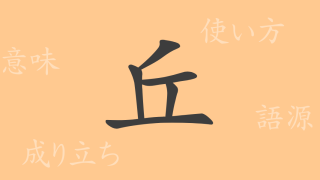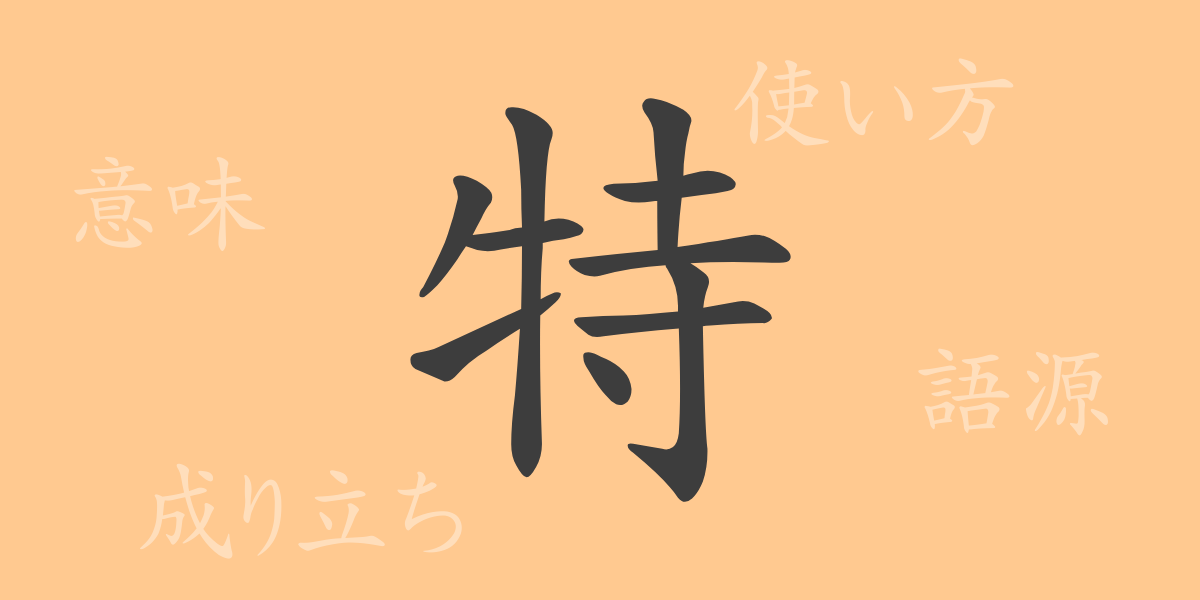The beauty of the Japanese language is also found in its characters. This article focuses on the common Kanji ‘特 (とく)’, exploring its rich history, meaning, and everyday usage. Understanding the deep meanings embedded in each Kanji is key to enriching our understanding of Japanese. Let’s delve into the world of ‘特’ together.
Origins of ‘特 (とく)’
The Kanji ‘特’ evolved from ancient Chinese pictographs. Originally it denoted a special mark related to cattle, pointing to its use to signify cattle. As time progressed, its meaning expanded to represent concepts like special and unique, illustrating how language evolves with culture and society.
Meaning and Usage of ‘特 (とく)’
In modern Japanese, ‘特’ commonly means ‘special’, ‘unique’, or ‘distinctive’. ‘特別’ refers to something unusual or of different value, ‘特有’ denotes characteristics inherent to a particular place, person, or thing, and ‘特色’ describes unique features or characteristics. These usages are prevalent in daily conversations and business settings alike.
Readings, Stroke Count, and Radical of ‘特 (とく)’
The structural and phonetic details of the Kanji ‘特’ are as follows:
- Readings: On’yomi ‘トク’, no Kun’yomi readings.
- Stroke Count: 10 strokes.
- Radical: Cattle (うし).
Phrases, Idioms, and Proverbs Using ‘特 (とく)’
Numerous idioms, phrases, and proverbs involving ‘特’ exist in Japanese, each carrying unique meanings. For instance, ‘特急 (とっきゅう)’ refers to express trains that reach destinations quickly, ‘特許 (とっきょ)’ denotes exclusive rights to an invention or idea, and ‘特攻 (とっこう)’ means a special attack, particularly during wartime. ‘特異点 (とくいてん)’ indicates an unusual or exceptional point or situation. These terms play significant roles in their respective contexts.
Conclusion on ‘特 (とく)’
The Kanji ‘特’ profoundly influences the Japanese language, not just as a character but as part of the culture and history. Understanding ‘特’ as part of the cultural fabric allows us to glimpse the rich world behind the words. By incorporating the phrases and idioms introduced today into daily life, we can achieve a richer expression. The journey of learning the meanings behind each Kanji continues.

























